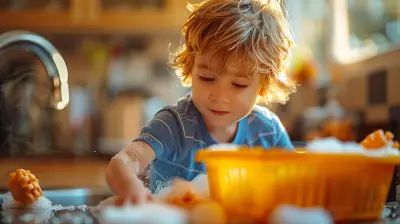The Importance of Modeling Positive Behavior in Discipline
9 October 2025
Discipline is one of the biggest challenges parents face. Every parent wants their child to grow up with good values, respect, and self-control. But how do you teach these qualities effectively? The answer is simple—by modeling positive behavior.
Children are like sponges, absorbing everything they see, hear, and experience. The way you handle conflict, manage emotions, and respond to challenges creates a blueprint for how they will behave. If you want your child to be kind, patient, and respectful, you must first be those things yourself.
In this article, we'll break down why modeling positive behavior is essential in discipline and how you can lead by example.
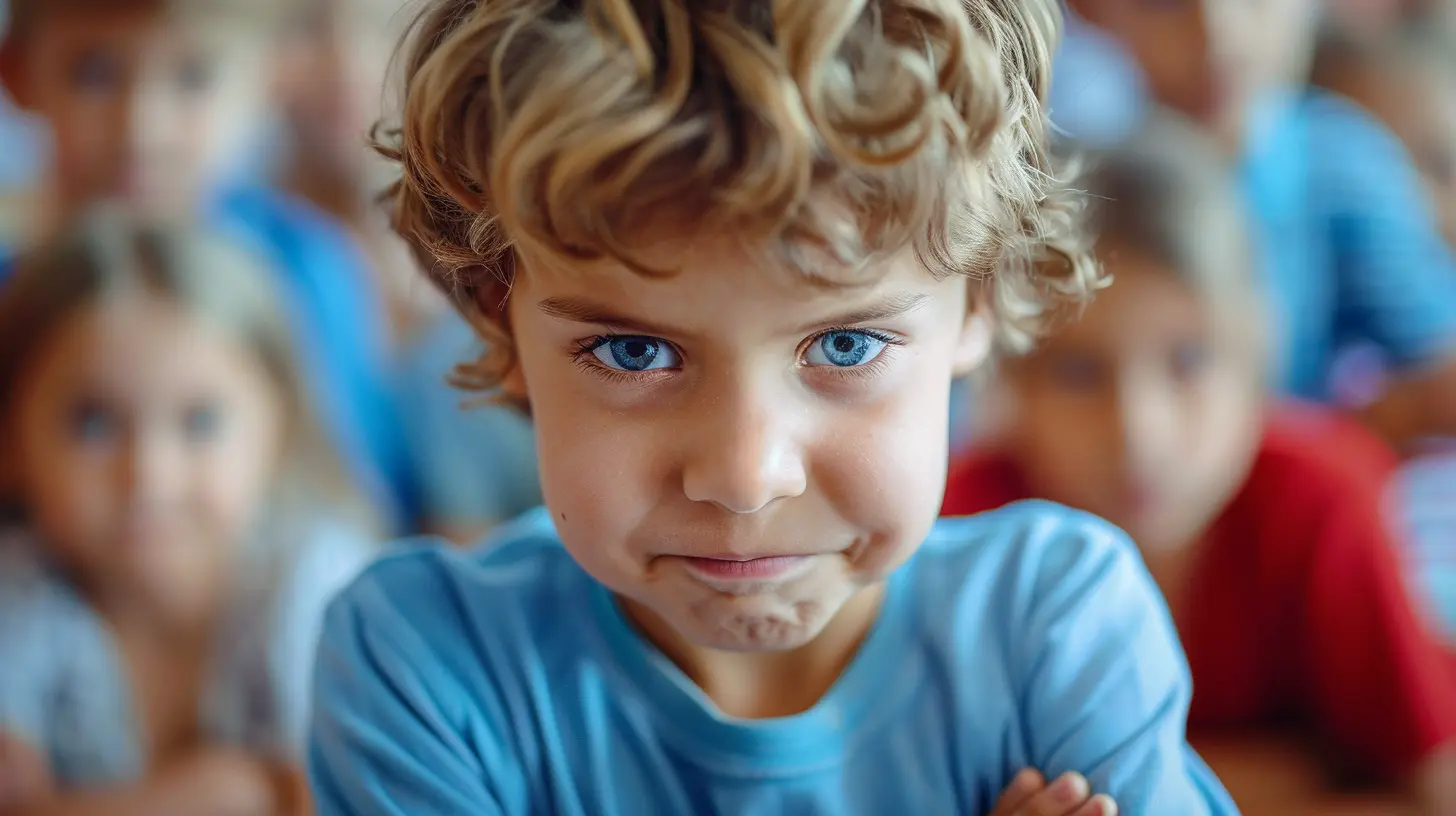
Why Modeling Positive Behavior Matters
1. Kids Learn More from Actions Than Words
You can lecture your child all day about the importance of saying “please” and “thank you,” but if they rarely hear you using those words, they won’t see the need to do it either. Children pay more attention to what you do than what you say.For example, if you lose your temper easily but tell your child to stay calm when upset, they will likely mimic your actions rather than your words. Actions leave a lasting impression, while words can often be forgotten.
2. Builds Trust and Respect
Children look up to their parents as role models. When you practice what you preach, they see you as someone who can be trusted and respected. If your discipline is based on rules that you yourself disregard, your child may develop resentment or confusion.Imagine telling your child not to yell but then raising your voice when you're frustrated. This mixed message can lead to inconsistency and weaken the trust between you and your child.
3. Encourages Emotional Regulation
Teaching children how to regulate their emotions is crucial, but they won’t learn it from lectures alone. If they see you handling stress calmly, talking through frustrations, and finding solutions rather than lashing out, they’ll learn to do the same.On the other hand, if they witness constant shouting, impatience, or aggressive behavior, they may assume that’s the appropriate way to handle emotions. You set the emotional tone for your household—make it one of patience and understanding.
4. Strengthens Parent-Child Connection
When parents demonstrate positive behaviors, children feel more connected and secure. They understand that discipline isn't about punishment but about guidance and growth.If discipline comes from a place of understanding and mutual respect, children are more likely to listen and follow the rules without power struggles. They’ll see you as someone who helps them navigate challenges rather than someone who simply enforces consequences.
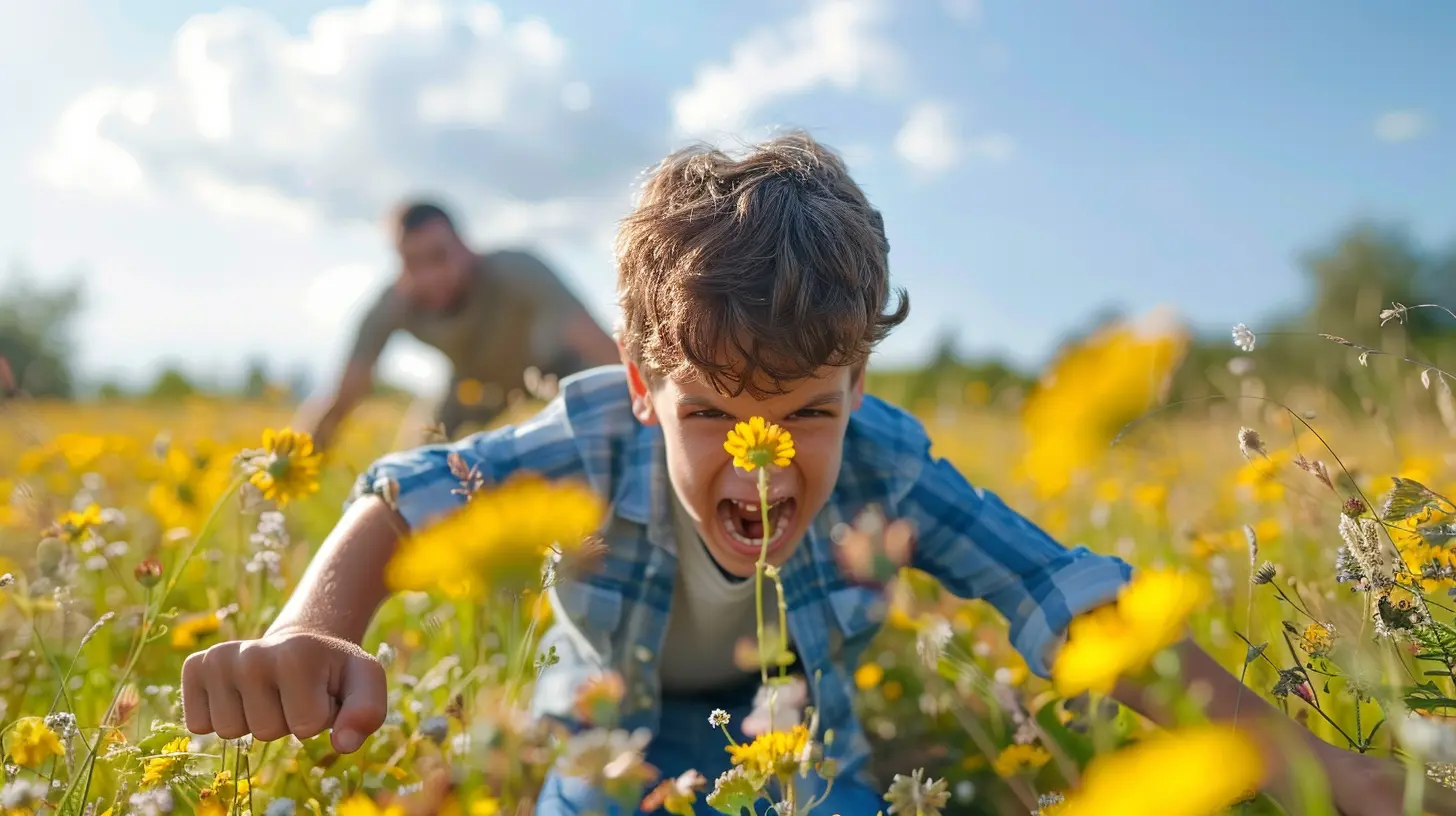
How to Model Positive Behavior in Discipline
1. Stay Calm During Conflict
Conflicts happen—whether it's a tantrum, backtalk, or disobedience. Your reaction in these moments teaches your child how to handle difficult emotions.Instead of yelling or punishing in anger, take a deep breath and address the situation calmly. Show them that staying composed is possible, even in frustrating moments.
Example:
If your child refuses to clean their room, instead of shouting, you could say,
"I understand you don’t feel like cleaning right now, but we need to take care of our space. Let’s work together for 10 minutes and then take a break."
This teaches problem-solving and cooperation rather than escalating the conflict.
2. Use Respectful Communication
Your child needs to see how respectful conversations work. When correcting their behavior, avoid belittling words or harsh tones. Instead, talk to them as you would want to be talked to.Example:
Instead of, “Stop being so annoying!”,
Try, “I need a little quiet time right now, but we can play in a few minutes.”
Using respectful communication teaches them to speak kindly, even when frustrated.
3. Admit Mistakes and Apologize
Nobody is perfect, and children need to see that even adults make mistakes. Apologizing when you're wrong teaches accountability and humility.If you lose your temper, own up to it. Say something like, "I'm sorry for raising my voice earlier. I was frustrated, but I should have handled it better." This shows them that making mistakes is okay, as long as you take responsibility and learn from them.
4. Show Kindness and Empathy
Empathy is a learned skill. Children develop it by observing how you treat others. Be mindful of how you talk about people, handle disagreements, and respond to those in need.Example:
- If someone cuts you off in traffic, instead of cursing, say, "They must be in a hurry. I hope they stay safe."
- If your child is upset after a bad day, respond with, "That sounds really frustrating. Do you want to talk about it?"
Your reactions shape how they treat others in similar situations.
5. Be Consistent with Rules and Consequences
Children thrive on consistency. If one day you let them get away with something and the next day you punish them for it, they’ll feel confused and frustrated.Make sure your rules and discipline methods are fair and predictable. This way, children learn that actions have consistent outcomes, promoting accountability.
Example:
If bedtime is 8:00 PM, but you sometimes allow them to stay up until 10:00 PM without reason, they won’t take bedtime seriously. Instead, enforce the rule while remaining understanding: "I know you want to stay up, but sleep is important for your body. Let’s stick to our bedtime routine."
6. Demonstrate Problem-Solving Skills
Conflicts and challenges arise daily. Instead of reacting impulsively, show your child how to handle situations thoughtfully.Example:
If your child forgets their homework, instead of scolding, ask, "What can we do next time to make sure we remember?" This encourages critical thinking and responsibility.
7. Show Self-Discipline
Children need to see that self-discipline isn't just something they have to follow—it applies to everyone.Demonstrate self-control by practicing healthy habits, following through on commitments, and managing time effectively. Whether it’s limiting screen time, staying active, or eating a balanced diet, showing self-discipline helps children develop the same habits.
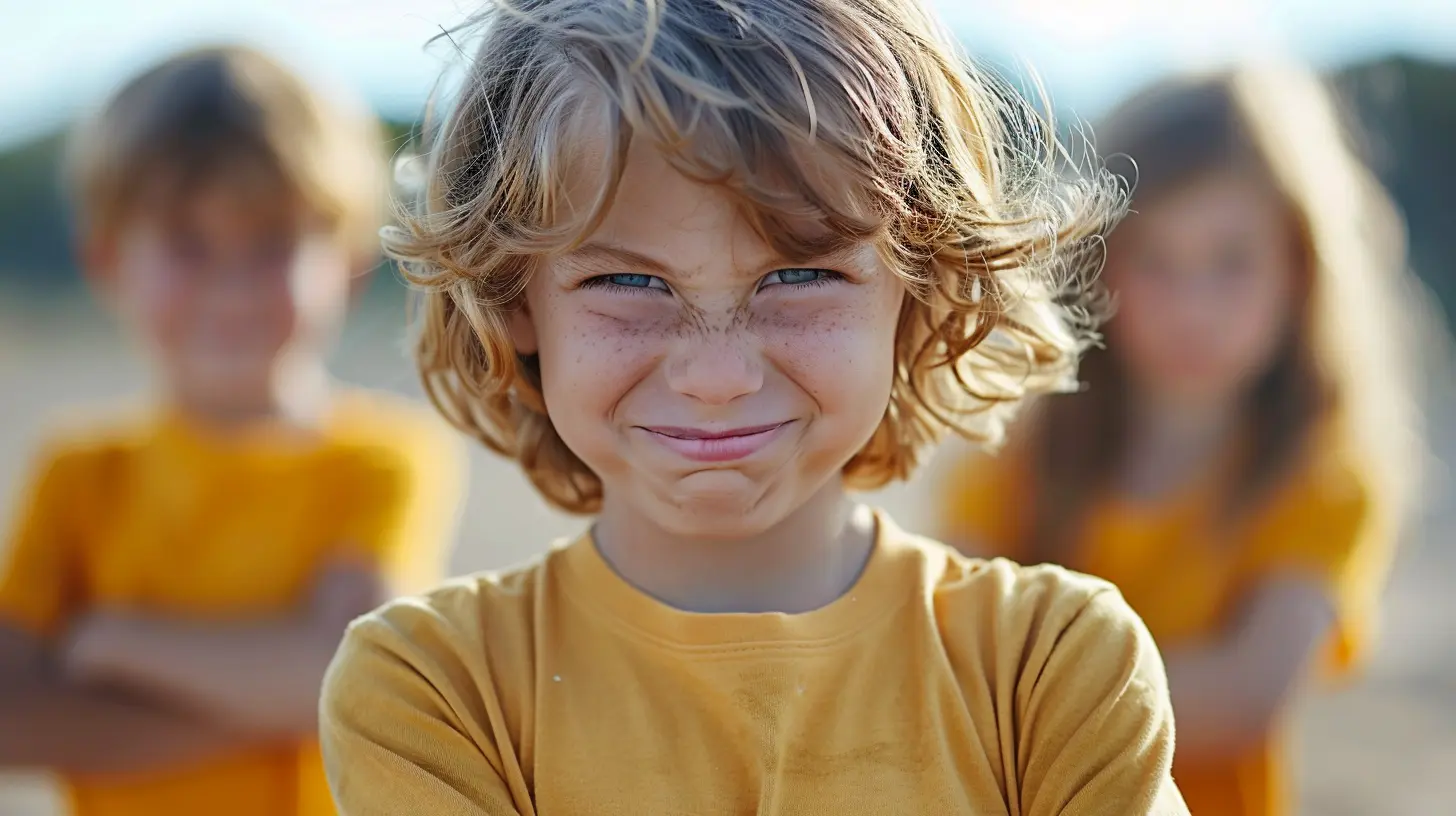
Overcoming Challenges in Modeling Positive Behavior
Perfect parenting doesn’t exist. There will be moments when you lose patience, make mistakes, or struggle to be the role model you want to be. That’s okay! The key is to acknowledge those moments and use them as learning experiences.If you slip up, don’t dwell on guilt. Instead, use it as an opportunity to show your child that mistakes are part of growth. The goal isn’t perfection—it’s progress.
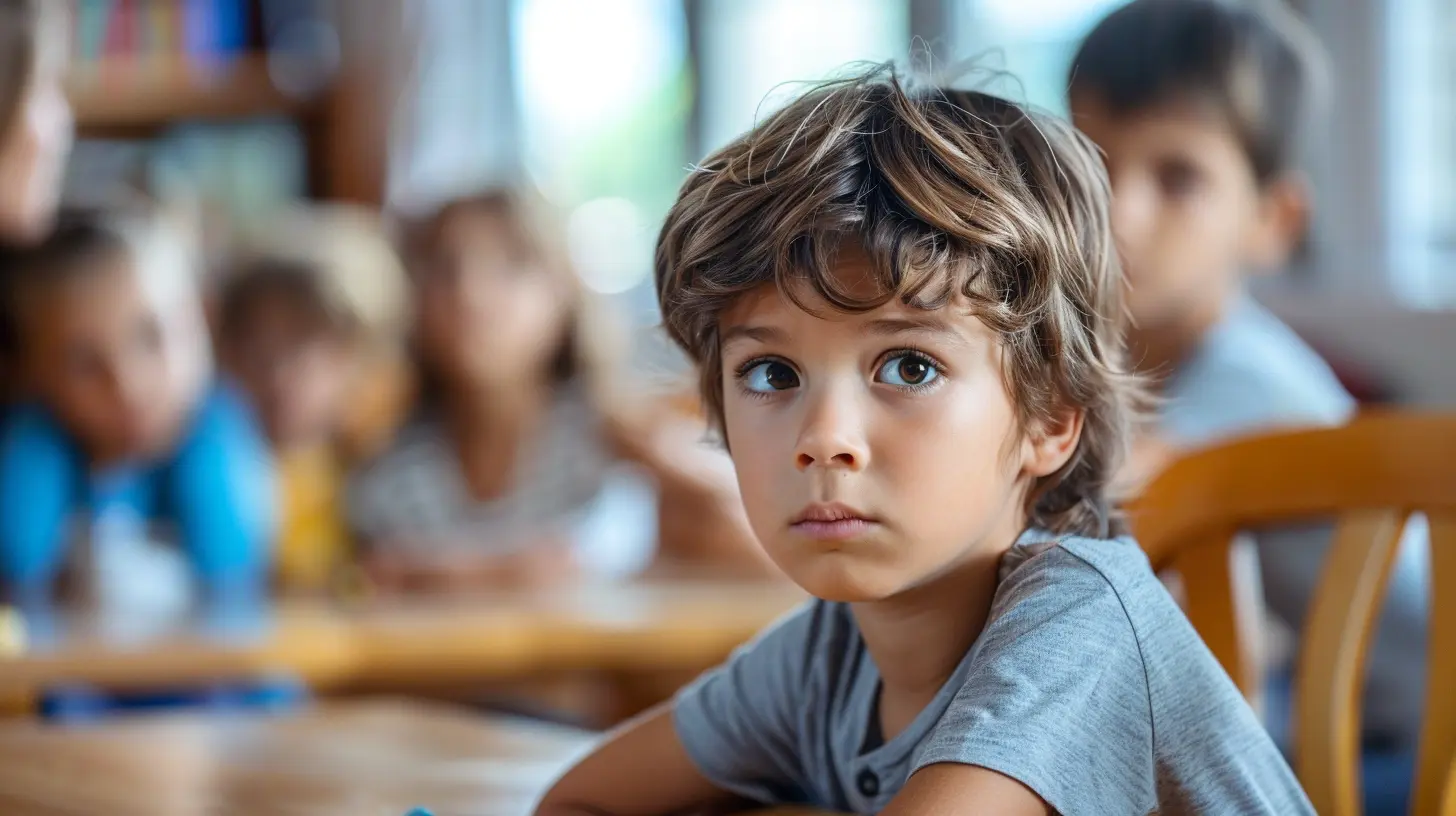
Final Thoughts
The way you discipline your child today shapes the person they will become tomorrow. Modeling positive behavior isn’t always easy, but it’s the most effective way to teach respect, patience, and emotional regulation.Children don’t just need rules—they need examples. Be the person you want your child to become, and you’ll raise a kind, responsible, and emotionally intelligent individual.
all images in this post were generated using AI tools
Category:
Discipline TechniquesAuthor:

Maya Underwood
Discussion
rate this article
1 comments
Tank McElveen
Thank you for highlighting the significance of modeling positive behavior in discipline. It's a powerful reminder that our actions speak louder than words. By embodying the values we wish to instill in our children, we can foster a nurturing and respectful environment that encourages their growth.
October 19, 2025 at 4:07 PM
